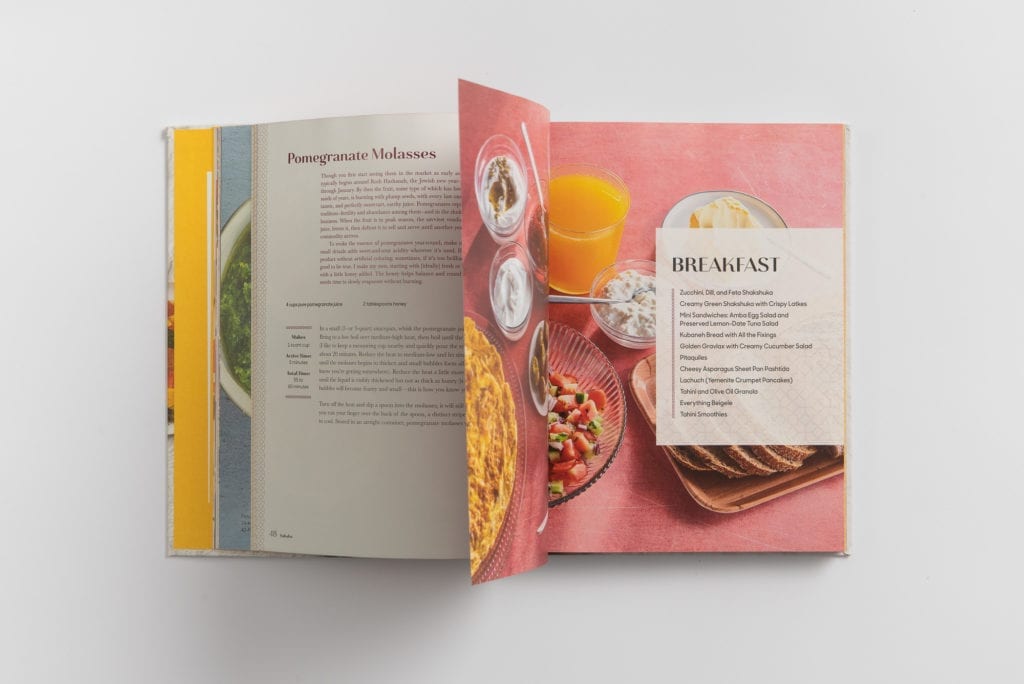
Sababa: Fresh, Sunny Flavors From My Israeli Kitchen
Nearly daily, and sometimes several times a day, American-born food writer Adeena Sussman makes her way through Tel Aviv’s Carmel Market (Shuk HaCarmel). She carefully chooses from piles of the season’s best produce, shelves of locally-made cheeses, and bags of spices, letting the market shape her cooking. Her vegetable- and flavor-forward recipes are both representative of the modern Israeli kitchen and unique to Sussman. There’s melted green cabbage, harissa-honey pargiot (chicken thighs), a tahini caramel tart she calls “the Gal Gadot of tarts,” and much more in this book’s pages.
Gil Hovav’s recommendation of ‘Sababa: Fresh Sunny Flavors From My Israeli Kitchen’
With the authority of my many years of experience, having written 10 cookbooks and read hundreds, and as a publisher, I hereby pronounce: this is the best Israeli cookbook ever written. Even though it was written in English and never published in Israel. It is a smart book that provides a different angle on Israeli cooking, but also completely transcends it.
Adeena Sussman is the author of many cookbooks, most of them co-authored with others, and most of them bestsellers. This is her first major solo book. She started writing it three years ago, after she made Aliyah and settled next to the Carmel Market in Tel Aviv. I have been covering food media for dozens of years, but Adeena, a newcomer, knows more about Israeli food than I do. It’s not easy for me to admit it, but it is true. The thoroughness and wisdom of her knowledge amazes me, and this book has left me in complete awe.
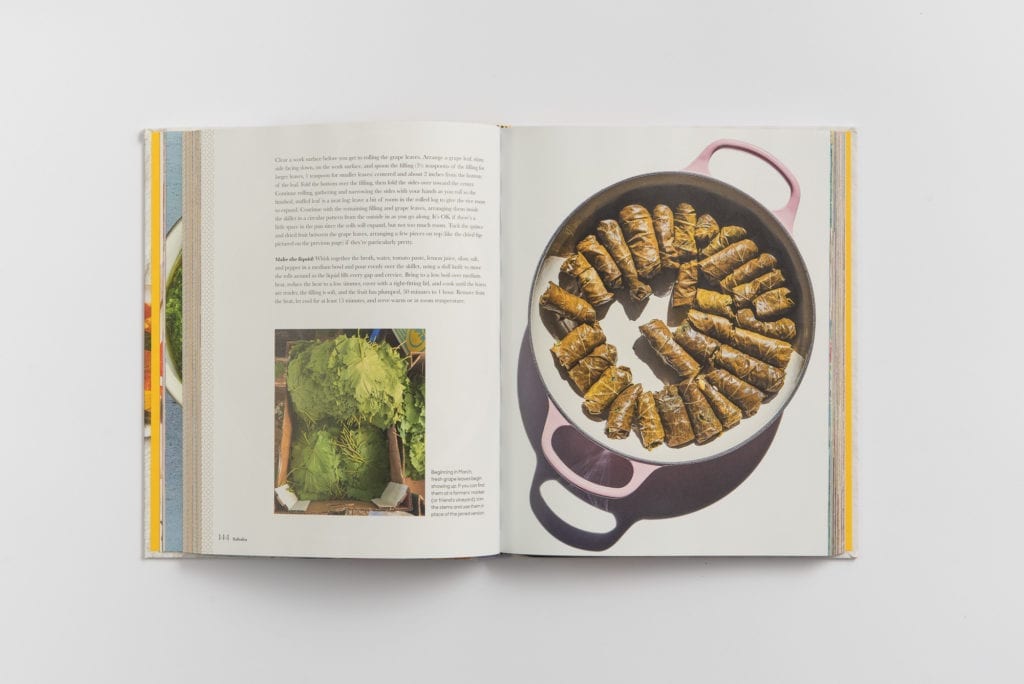
“Sababa” mixes creativity with meticulousness. It was conceived out of love and passion for the market and for Israeli food in a manner that respects tradition, yet includes a creative twist in almost every recipe. But contrary to the sort of creativity that results in absurd recipes that embarrass readers, each change or alteration suggested by Adeena is clever and well justified, shedding a new light on a familiar dish. At the same time, the recipes cover basic techniques and demonstrate a true understanding of cooking and food.
The book hosts some guests, and I was happy to be one of them. I was not an advisor, but I did follow Adeena’s work from a distance. When she wanted to learn more about chraime, I took her to an excellent restaurant in Or Yehuda and the owner taught us how to make the dish. I believe that if the book were published in Hebrew, readers would be charmed with its intelligence and originality; but there is no sense in publishing this book in the current Israeli cookbook market — certainly not at this level of production, photography and design, which greatly exceeds the capabilities of the local market.
To conclude, the book’s uniqueness lies in Adeena’s ability to take old dishes — whose charm lies in their wild, sloppy and imperfect Israeli preparation process — and add some obsessive American excellence, a dedication to great recipe writing, and finally, a thoroughness we would expect in science, not in the kitchen. The combination is a perfect book that should be in every household.
Book details
- author
- Adeena Sussman
- publisher
- Avery
- Year published
- 2019
- Pages
- 368


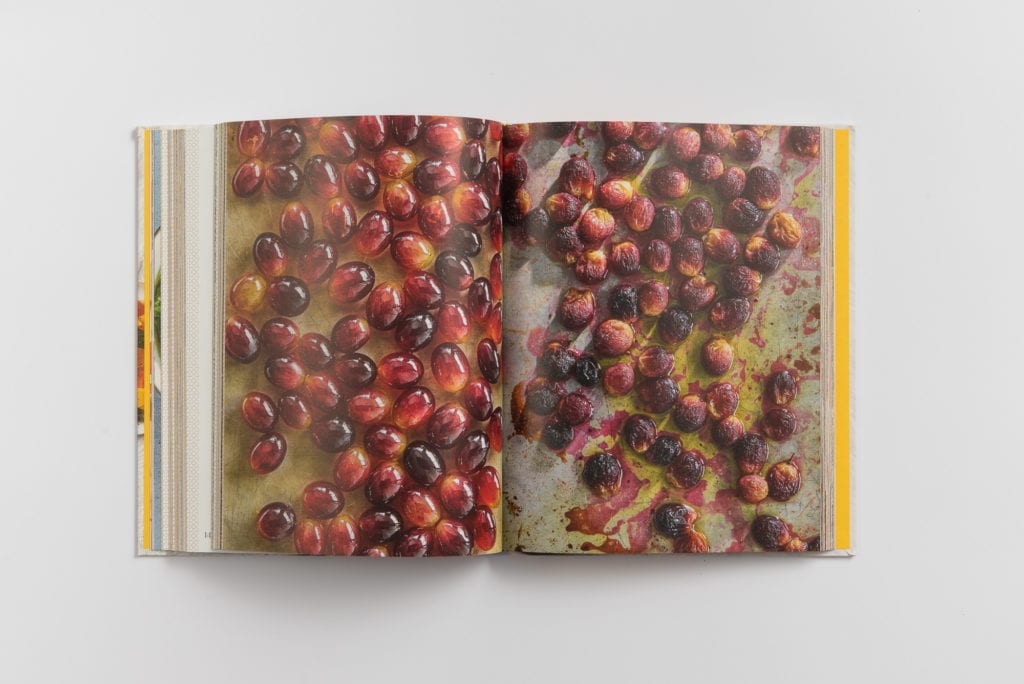
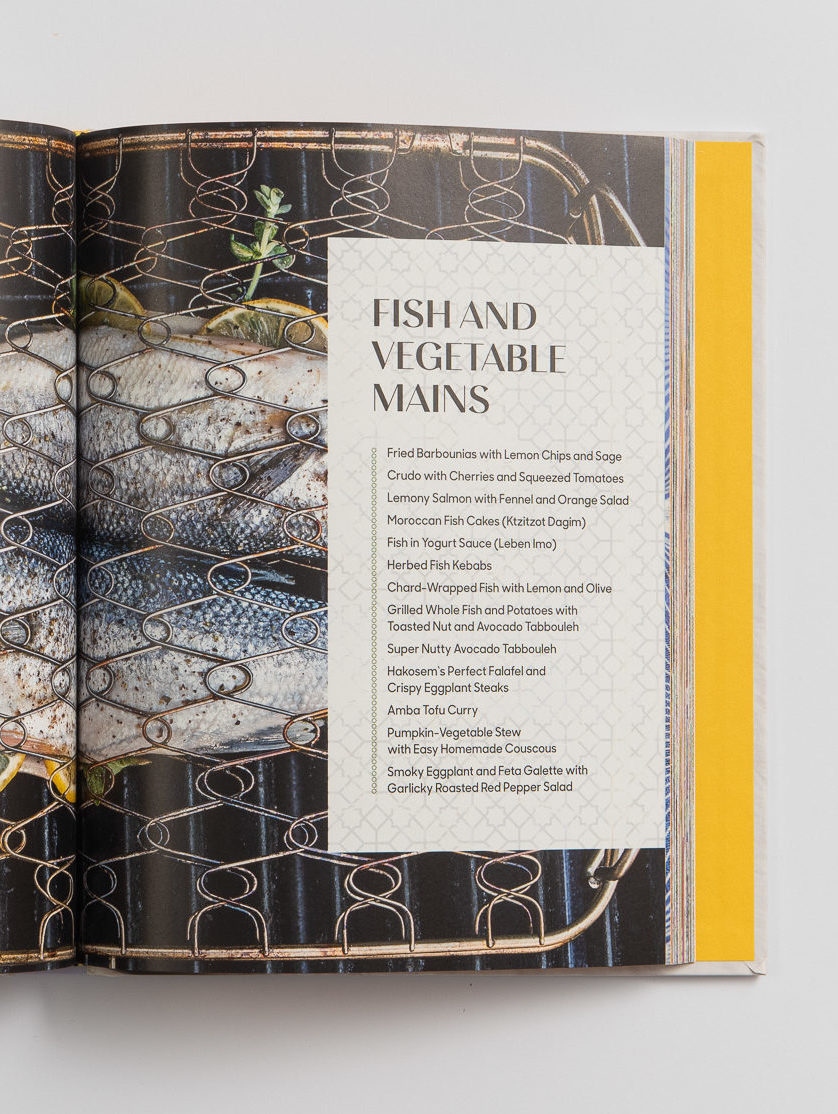

related books

Jews Welcome Coffee: Tradition and Innovation in Early Modern Germany
Historian Robert Liberles uncovers new stories of lower class German Jewish citizens forgotten by history through the lens of coffee.
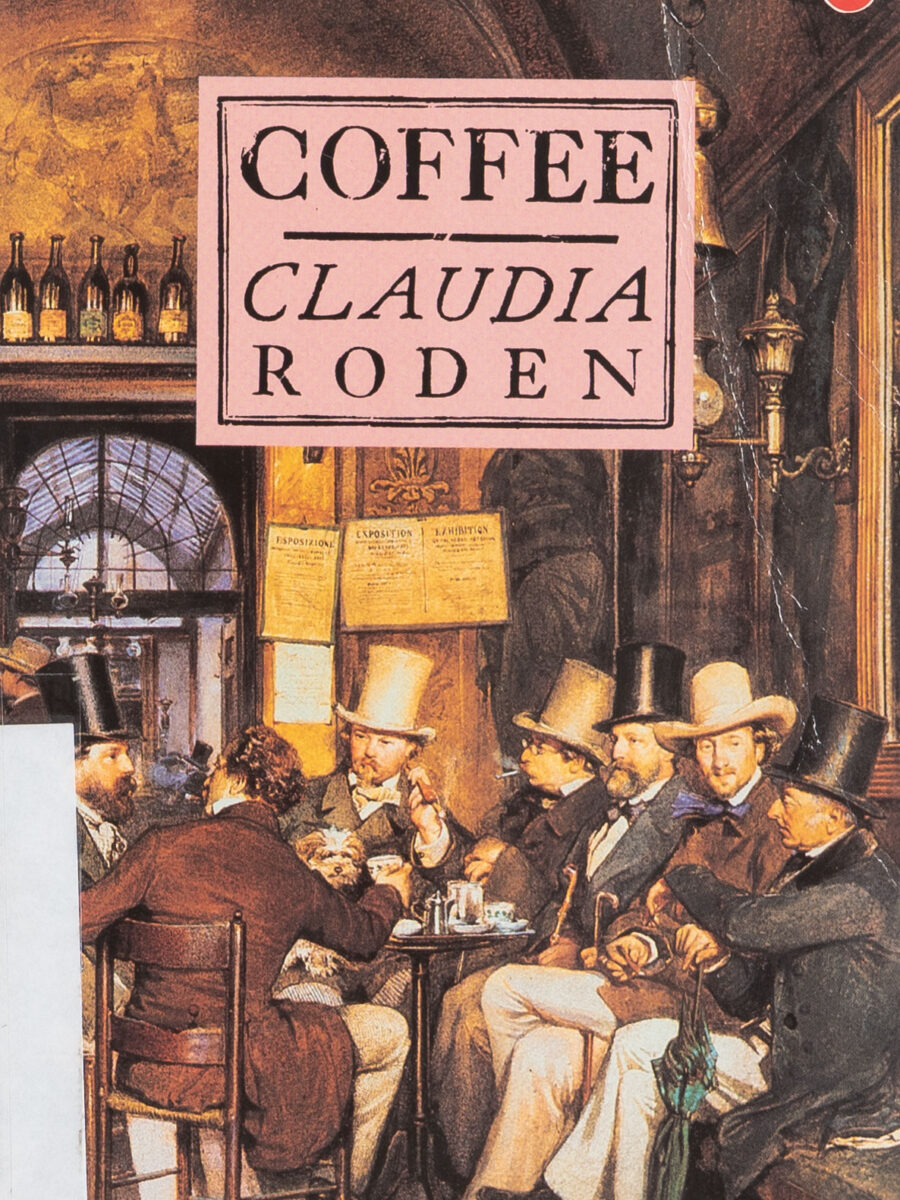
Coffee
Claudia Roden, anthropologist and cookbook author, writes on the historical pathways of coffee, from root to recipe.
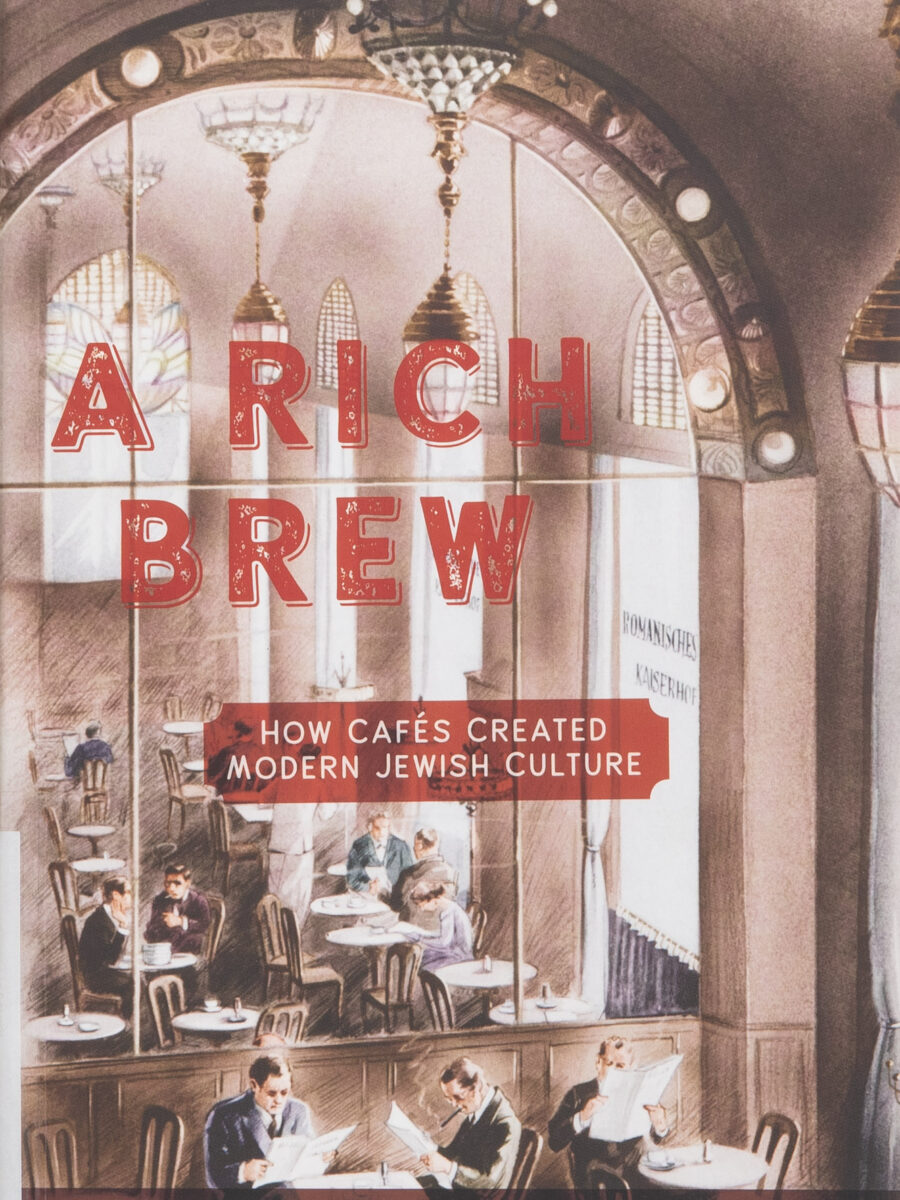
A Rich Brew: How Cafés Created Modern Jewish Culture
Literary scholar Shachar M. Pinsker visits 20th century cafes to find the origins of the Jewish and Israeli modernist movement.
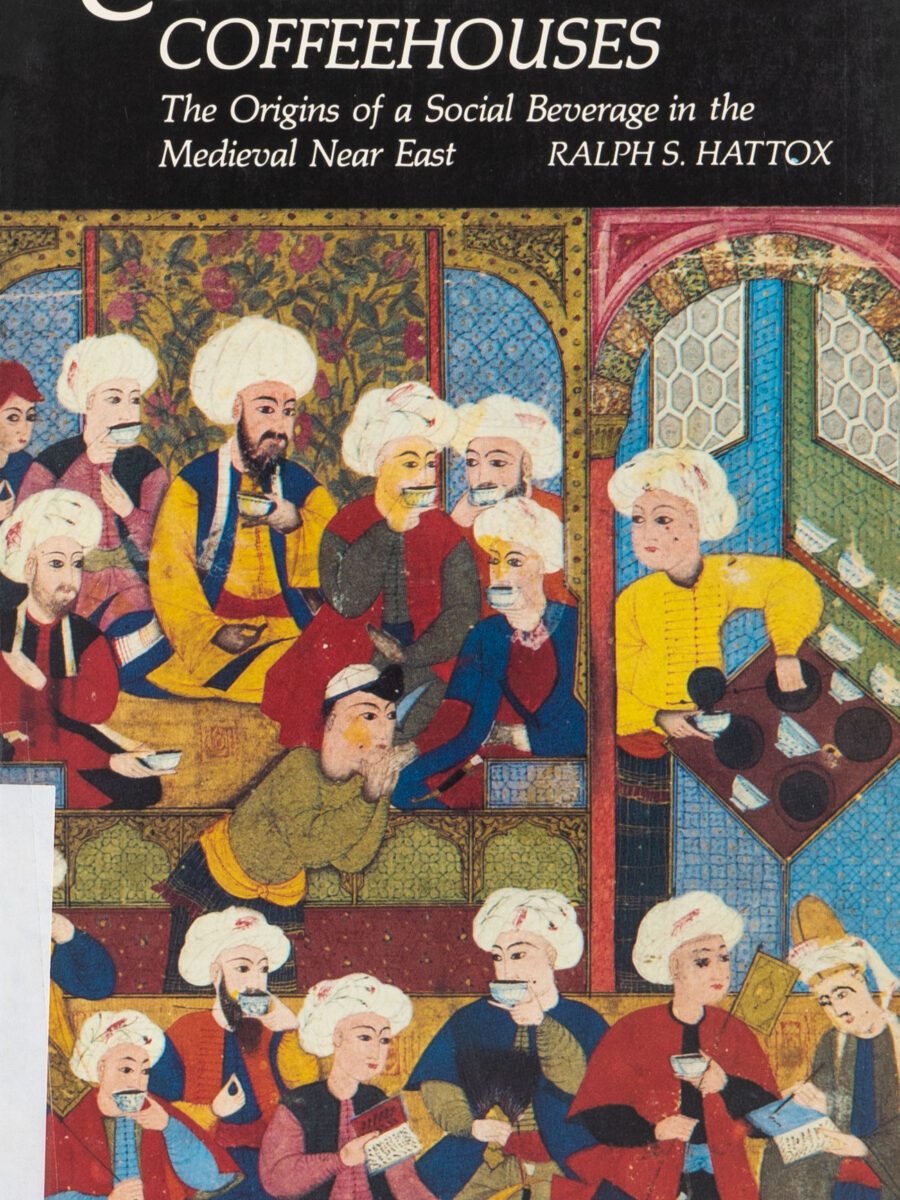
Coffee and Coffeehouses: The Origins of a Social Beverage in the Medieval Near East
Professor Ralph Hattox tracks the development of the coffeehouse as a social entity in the Ottoman empire from religious stimulant to kiosks.